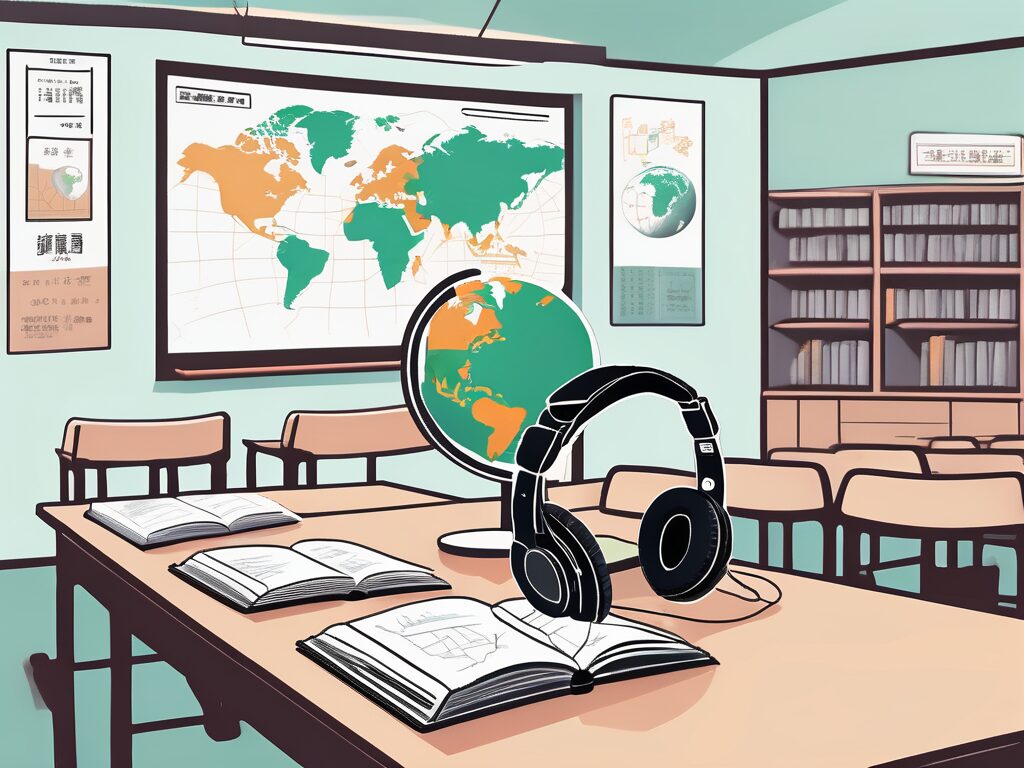What is Art and Creative Education?
Art and creative education play a crucial role in shaping well-rounded individuals, fostering innovation, and enhancing cultural understanding. For aspiring international teachers, understanding this field is essential to inspire and nurture creativity in students worldwide. In this article, we will explore the importance of art and creative education, the skills required, and how to embark on this rewarding journey.
Why is it Important for Aspiring International Teachers?
Art and creative education are vital for developing critical thinking, problem-solving, and communication skills. According to recent job market trends, schools worldwide are increasingly seeking educators who can integrate creativity into their teaching methods. This demand is driven by the need to prepare students for a rapidly changing global economy where innovation is key.
Key Skills or Qualifications Required
To excel in art and creative education, aspiring teachers should possess:
- Strong artistic skills and a passion for creativity
- Excellent communication and interpersonal abilities
- Adaptability to diverse cultural settings
- Relevant certifications or degrees in art education
Steps to Get Started
Embarking on a career in art and creative education involves several steps:
- Obtain a degree in art education or a related field.
- Gain teaching experience through internships or volunteer work.
- Pursue certifications that enhance your teaching credentials.
- Engage in continuous professional development to stay updated with educational trends.
Challenges and How to Overcome Them
Teaching art and creativity can present challenges such as limited resources or varying student engagement levels. To overcome these, educators can:
- Utilize digital tools and online resources to supplement teaching materials.
- Foster an inclusive classroom environment that encourages participation.
- Collaborate with other educators to share best practices and resources.
Best Practices and Tips for Success
Successful art educators often:
- Incorporate interdisciplinary approaches to connect art with other subjects.
- Encourage students to express themselves freely and explore their creativity.
- Stay informed about global art trends and cultural practices.
Success Stories or Case Studies
Consider the story of Jane Doe, an art teacher who transformed her classroom into a creative hub. By integrating technology and cultural projects, she increased student engagement and inspired many to pursue careers in the arts.
Conclusion
Art and creative education are essential for developing innovative thinkers and culturally aware individuals. By pursuing this pathway, aspiring international teachers can make a significant impact on their students’ lives and prepare them for future challenges. Embrace the opportunity to inspire creativity and join a global community of educators.
Want to become a teacher in a Tier 1 international school? Join the course here.

